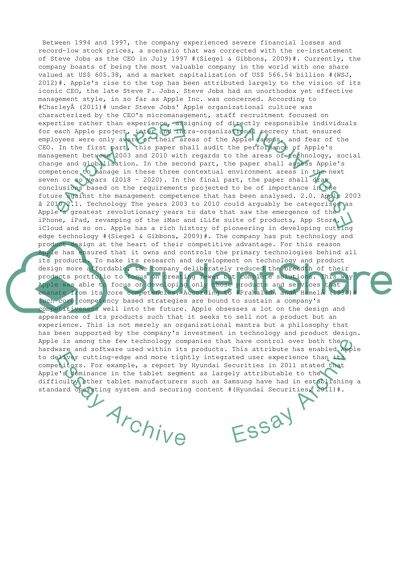Cite this document
(“Managing for the future: Apple Inc Essay Example | Topics and Well Written Essays - 3250 words”, n.d.)
Managing for the future: Apple Inc Essay Example | Topics and Well Written Essays - 3250 words. Retrieved from https://studentshare.org/business/1400108-managing-for-the-future
Managing for the future: Apple Inc Essay Example | Topics and Well Written Essays - 3250 words. Retrieved from https://studentshare.org/business/1400108-managing-for-the-future
(Managing for the Future: Apple Inc Essay Example | Topics and Well Written Essays - 3250 Words)
Managing for the Future: Apple Inc Essay Example | Topics and Well Written Essays - 3250 Words. https://studentshare.org/business/1400108-managing-for-the-future.
Managing for the Future: Apple Inc Essay Example | Topics and Well Written Essays - 3250 Words. https://studentshare.org/business/1400108-managing-for-the-future.
“Managing for the Future: Apple Inc Essay Example | Topics and Well Written Essays - 3250 Words”, n.d. https://studentshare.org/business/1400108-managing-for-the-future.


